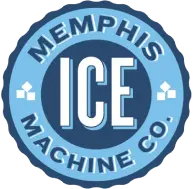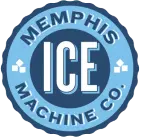proudly serving
the mid-south
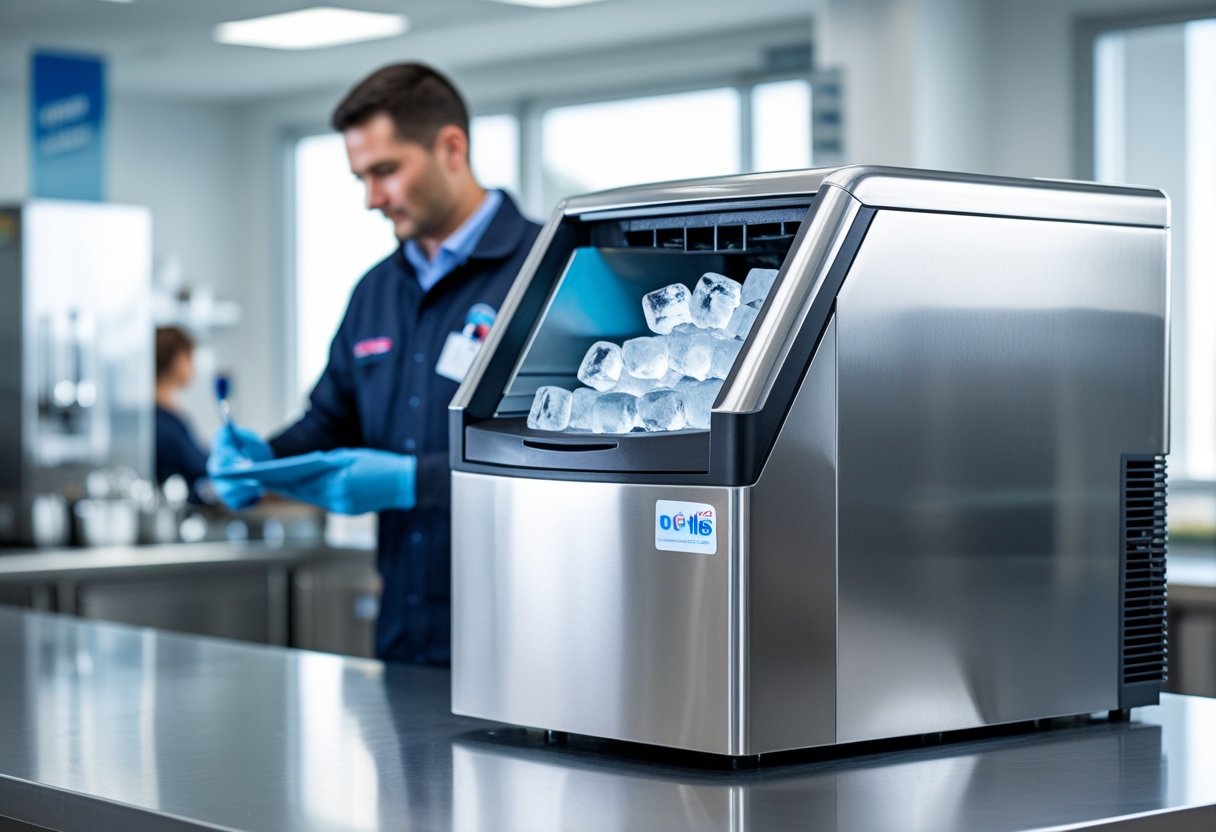
Choosing the Right Size Ice Machine for Your Business Needs
Choosing the right size ice machine is essential to keep your business running smoothly and avoid costly interruptions. Selecting an ice machine that matches your typical ice demand ensures you never run short during busy times while preventing unnecessary energy expenses from oversized equipment. Whether you’re serving a bustling restaurant or managing a healthcare facility, understanding your daily ice needs is the key to efficient operation.
At Memphis Ice, we’ve been keeping businesses cool since 1977, so we know that proper sizing helps you avoid last-minute trips for bagged ice or costly downtime. Your ice machine should fit your space and production requirements without overwhelming your kitchen or storage area. Getting this right means your staff can focus on service, not scrambling for ice.
If you want a hassle-free experience with reliable performance throughout the year, it pays to invest the time in choosing the right capacity for your commercial ice machine. From walk-in coolers to bar systems, your equipment works best when sized for your specific needs. Memphis Ice is here to guide you through that process with expertise honed over decades.
Assessing Daily Ice Needs
To select the right commercial ice machine, start by understanding your typical daily ice consumption and how it fluctuates throughout the day and year. Knowing your peak ice demand, daily usage patterns, and seasonal changes helps avoid shortages or excess costs.
Calculating Peak Ice Demand
Peak ice demand refers to the highest amount of ice your business uses during its busiest periods. Identify these times by reviewing daily customer traffic, event schedules, or service hours. For example, a restaurant might see peak demand during dinner rushes, while a hospital may have steady usage throughout the day.
To calculate peak demand, measure how much ice you use in peak hours and multiply by the number of peak hours daily. Add a buffer, usually 10-20%, to prevent shortages. This ensures your ice machine can keep up without overworking or wasting energy.
Estimating Usage for Various Applications
Daily ice needs differ depending on your industry and application. Bars and cocktail lounges require large amounts of cubed or nugget ice for drinks, while healthcare facilities may prioritize clear, slow-melting ice for patient care. Food service operations rely on ice for prep, display, and storage.
Create a usage breakdown by activity:
- Beverage service: ounces per drink × drinks served
- Food display or storage: pounds of ice for bins
- Special functions: ice for events or deliveries
Estimating your usage by these categories helps you pick a machine with the correct production rate and storage capacity. Memphis Ice can assist you in matching your specific requirements.
Considering Seasonal Variations
Ice demand can change significantly with the seasons. Summer typically drives higher consumption due to heat and outdoor activities. Businesses in the Mid-South often face peak ice needs from May through September. Assessing these fluctuations protects you from shortages during busy months and excess inventory during slower times.
Plan for seasonal demand by choosing a machine that can handle peak loads but also runs efficiently at lower use. Alternatively, seasonal rentals or modular systems provide flexibility. Regular maintenance ensures your unit operates smoothly year-round, minimizing downtime when you need ice most.
For advice tailored to your ice needs and business type, you can rely on knowledgeable guidance from Memphis Ice and their commercial ice machine expertise.
Understanding Ice Machine Sizes and Types
Choosing the right ice machine means knowing how different sizes and styles fit your operation’s demands. Ice machines vary by capacity, configuration, and installation type, each suited to specific business needs. Understanding these factors helps you avoid downtime and ensures steady ice supply.
Ice Machine Size Categories
Commercial ice machines are typically classified by how much ice they produce daily, measured in pounds per 24 hours. Sizes range from small units producing around 60 pounds to large machines making over 3,000 pounds.
For example:
- Small: 60–200 lbs/day, ideal for small cafes or offices
- Medium: 200–800 lbs/day, suited for mid-sized restaurants or bars
- Large: 800+ lbs/day, designed for hotels, hospitals, or large facilities
Selecting the right size hinges on your peak ice demand, storage space, and usage patterns. Running out of ice during busy hours can harm operations, while oversizing wastes energy and space.
Types of Ice Machines
There are different types of ice machines based on ice shape and use. Common ice forms include:
- Cube: Clear, slow-melting, good for drinks
- Nugget: Softer, chewable, popular in healthcare or convenience stores
- Flake: Thin shards, used in food displays or medical settings
- Gourmet: Larger, specialized shapes for restaurants or bars
Choosing the correct type affects customer satisfaction and operational efficiency. For instance, nugget ice machines often require more consistent maintenance but improve consumer experience in certain venues.
Modular vs. Self-Contained Units
Commercial ice machines come as self-contained units or modular systems. Self-contained machines house all components—compressor, condenser, and ice maker—in one cabinet. These are easier to install and ideal for smaller operations where space is limited.
Modular ice machines separate the ice maker from the storage bin, typically mounted on top of the bin. These are better for high-volume needs, allowing flexibility in size and capacity. You can pair a larger bin with the modular unit, perfect for hotels or large restaurants.
Both types have pros and cons depending on your space, ice demand, and maintenance capabilities. Memphis Ice can help you determine which best fits your facility and keep your operation running smoothly. For detailed sizing and advice, check out ice machine options tailored to your business needs.
Selecting the Ideal Ice Type
Choosing the right type of ice affects both the efficiency of your commercial operation and the end-user experience. Different ice types serve specific purposes, from drink presentation to food preservation, making it important to match your ice machine’s output with your business needs.
Cube Ice
Cube ice is the most common and versatile ice type. Its solid, uniform shape allows it to cool beverages effectively without diluting them too quickly. This makes it ideal for bars, restaurants, and catering services where visual appeal and drink quality matter.
You’ll find several varieties within cube ice, such as standard dice cubes or larger gourmet cubes. The differences influence melting speed and cooling power. For example, larger cubes melt slower, keeping drinks chilled longer, while smaller cubes maximize surface area for faster cooling.
Cube ice machines generally require moderate space and maintenance, suitable for most commercial settings. If beverage service is a core part of your operation, selecting a machine that reliably produces consistent cube ice is essential.
Nugget and Flake Ice
Nugget ice, sometimes called pellet ice, offers a soft, chewable texture that customers often prefer in fountains and healthcare facilities. Its porous nature absorbs flavor well and is less dense than cube ice, making it popular in fast-food outlets and hospitals.
Flake ice is thin, irregularly shaped, and pliable. It excels at preserving fresh food, especially seafood and produce, due to its ability to pack around delicate items tightly. This type is a better fit for grocery stores, fish markets, or medical environments where maintaining product integrity is critical.
Both nugget and flake ice have different machine requirements and production rates, so knowing your exact needs will help avoid oversizing or undersizing your ice machine.
Specialty Ice Options
Specialty ice includes options like crescent, gourmet, or half-dice cubes. These are designed to enhance specific applications, such as cocktail bars or upscale hospitality venues. For example, crescent ice melts slowly, balancing dilution and chill, perfect for high-end drinks.
Some specialty machines can produce clear ice or bullet-shaped ice, valued for aesthetic purposes and slow melting. These machines tend to have unique specs and often require more maintenance, so budget accordingly.
When working with specialty ice, consider your space and daily production needs carefully. Companies like Memphis Ice can help guide you through selecting machines that match your desired ice types and fit within your operational footprint.
Evaluating Installation Space and Requirements
Before installing a commercial ice machine, carefully assess your available space, ventilation, and utility needs. These factors directly affect the machine’s performance, maintenance, and longevity. Proper planning prevents costly adjustments and downtime.
Measuring Available Space
Start by measuring the exact physical space where you plan to place your ice machine. Include height, width, and depth, and remember to allow extra clearance for access during repairs and routine maintenance.
Air-cooled ice makers, especially commercial models, need enough room to exhaust heat. Without proper spacing, their efficiency drops. Typically, leave at least 6 inches of clearance on each side and the back.
Check whether the installation spot has stable flooring to support the machine’s weight. Avoid cramped or awkward spots that could limit service access. Accurate measurements help you choose a machine that fits properly without crowding your workspace.
Ventilation and Airflow Considerations
Air-cooled ice machines rely on effective ventilation to operate efficiently. If your chosen space traps heat or restricts airflow, expect reduced ice production and higher energy consumption.
Ensure the area has unobstructed airflow around the machine’s vents. Installing near walls or inside cabinets without ventilation can cause overheating. A well-ventilated location reduces the risk of mechanical failure and extends equipment life.
Consider local climate factors like temperature and humidity in the installation site. In warmer environments such as Memphis or the Mid-South, maintaining sufficient airflow is critical to prevent performance issues during peak summer months.
Drainage and Electrical Needs
Your ice machine requires dedicated drainage to handle meltwater and cleaning cycles. Confirm there is easy access to a properly sized drain near the installation point. Improper drainage can cause water buildup, leading to mold or damage.
Electrical supply must meet the manufacturer’s specifications for voltage and amperage, with grounded outlets and proper circuit protection. Many commercial ice machines require a 115V or 230V dedicated line.
Check for convenient placement of water connections and ensure water quality meets guidelines to reduce scale and maintenance issues. Taking time to verify drainage and electrical setups reduces installation headaches and ensures safe, reliable operation.
Memphis Ice can assist you in evaluating these requirements to keep your ice machine running smoothly year-round.
Factoring in Efficiency and Long-Term Costs
When choosing your commercial ice machine, focusing on energy and water efficiency directly impacts your operating expenses. Long-term costs go beyond the upfront price and include maintenance, repairs, and utility bills. Understanding these factors will help you balance performance with cost control.
Energy Efficiency Ratings
Energy efficiency ratings quantify how well an ice machine uses electricity relative to its ice production. Machines with high efficiency ratings consume less power per pound of ice, lowering your monthly utility bills. Look for machines rated by recognized programs or certifications, as they meet strict energy standards.
Using an energy-efficient machine reduces strain on your electrical system and contributes to sustainability goals. Also, advanced compressor technology and smart controls optimize ice production during peak demand times while saving energy during slower periods.
Keep in mind that investing in a higher-efficiency unit might have a higher purchase price but can save you substantial costs in the long run through reduced energy consumption.
Water Efficiency and Consumption
Water efficiency is equally important since ice machines use significant water volumes. Efficient models minimize water waste by recycling or reusing water during ice production. This reduces your water bills and supports environmental responsibility.
Assess the machine’s water use rate, often measured in gallons per 100 pounds of ice produced. Machines with lower water consumption rates help businesses in areas with water restrictions or where water costs are high.
Additionally, proper water filtration reduces mineral buildup inside your machine, minimizing costly repairs and service interruptions. When considering a unit, check how it balances water efficiency with consistent ice quality.
Total Cost of Ownership
Your machine’s total cost of ownership (TCO) includes purchase price, energy and water costs, routine maintenance, and potential repairs. A lower upfront cost might mean higher expenses later on due to frequent breakdowns or inefficiency.
Prioritize machines with proven durability and low maintenance needs to avoid unexpected downtime. A family-owned company like Memphis Ice understands these challenges and offers ongoing service plans that keep your equipment running optimally year-round.
Factoring in warranty terms and service availability in your region is essential. Your choice should protect you from costly interruptions while optimizing operating expenses across the machine’s lifespan.
Frequently Asked Questions
Choosing the right ice machine size means balancing daily ice needs, physical space, and machine features. Accurate sizing helps maintain steady ice supply and avoids costly downtime or wasted energy.
How can you determine the appropriate size for a commercial ice machine in a restaurant?
Calculate your restaurant’s average daily ice consumption based on factors like customer volume, menu type, and peak service times. Consider both production capacity and storage space to ensure ice availability throughout busy periods.
Memphis Ice recommends assessing your highest daily ice demand plus a buffer to avoid running out during rush hours.
What are the standard dimensions for undercounter ice makers?
Undercounter ice machines typically measure around 15 to 24 inches wide, 24 to 30 inches deep, and 30 to 34 inches high. These sizes vary by model, so verify available installation space and ventilation needs before purchase.
How do flush cycles affect the sizing and operation of an ice machine?
Flush cycles clear scale and impurities but temporarily reduce ice production. Machines with frequent or extended flush cycles may require higher capacity to compensate for downtime, ensuring continuous ice supply.
What is a reliable method to calculate the amount of ice production needed for a business?
Estimate ice pounds needed per customer or per hour, then multiply by your busiest shifts to find total daily ice demand. Add a 10–20% margin for unexpected spikes.
For tailored advice, Memphis Ice can help refine these calculations to fit your specific operation.
Can the capacity of an ice maker be estimated from its weight specification, such as a 26 lb model?
The weight figure generally indicates how much ice the machine produces in a 24-hour period, so a 26 lb model makes about 26 pounds of ice daily. Match this to your daily consumption needs to avoid undersizing.
Which type of ice is considered best for beverages and what does that imply for ice machine selection?
Clear, dense cube ice is often preferred for beverages because it melts slowly and maintains drink quality. Machines producing nugget or crescent-shaped ice might be better for certain drinks but differ in production speed and capacity.
Choose an ice machine that delivers the ice shape your business requires without compromising on volume or efficiency.
For more details on sizing and machine options, consult commercial ice machine experts in Memphis and the Mid-South.
Recent News
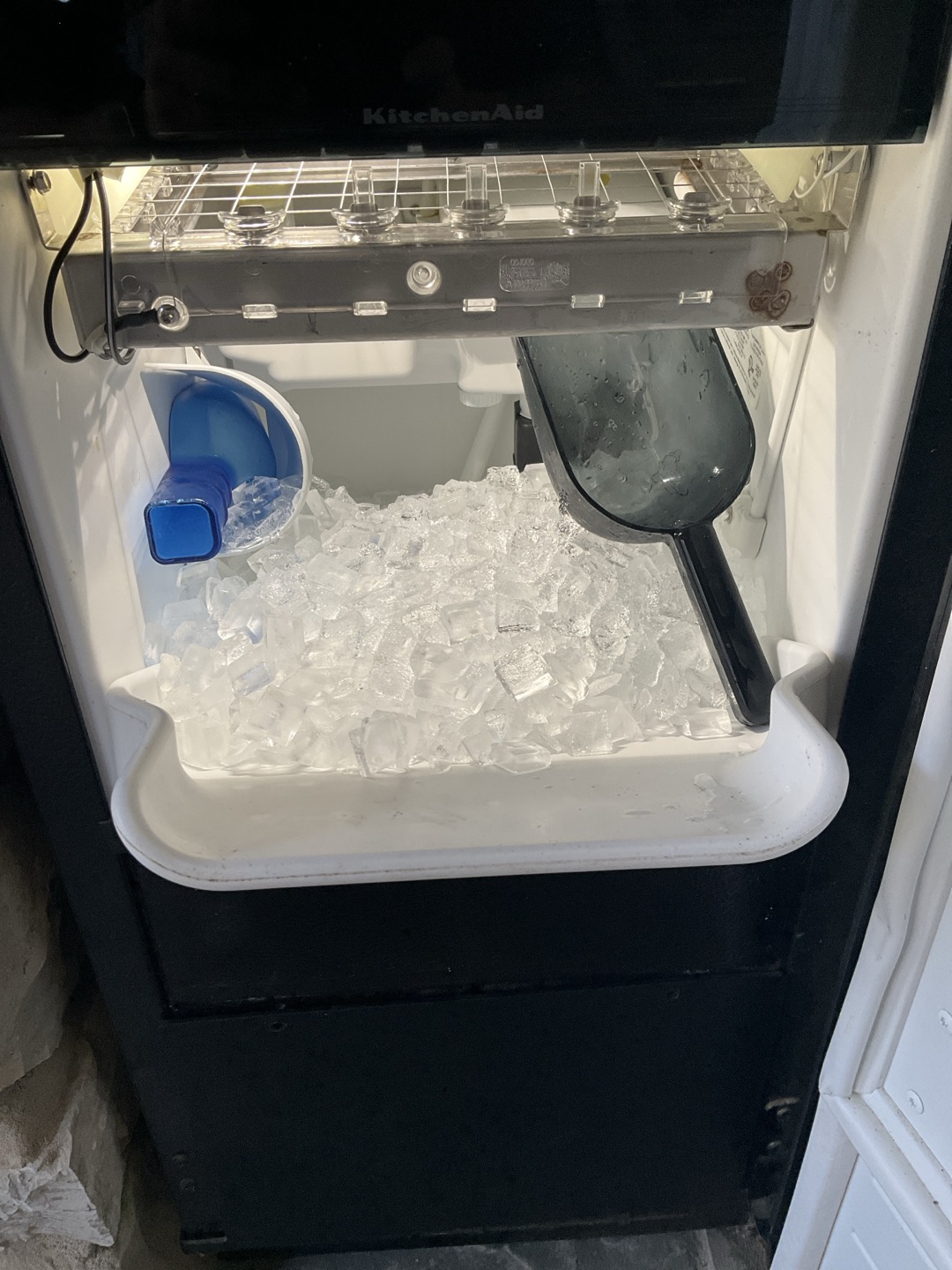
Best Maintenance Tips for Bar Refrigeration Systems to Keep Your Drinks Cold and Equipment Running Smoothly
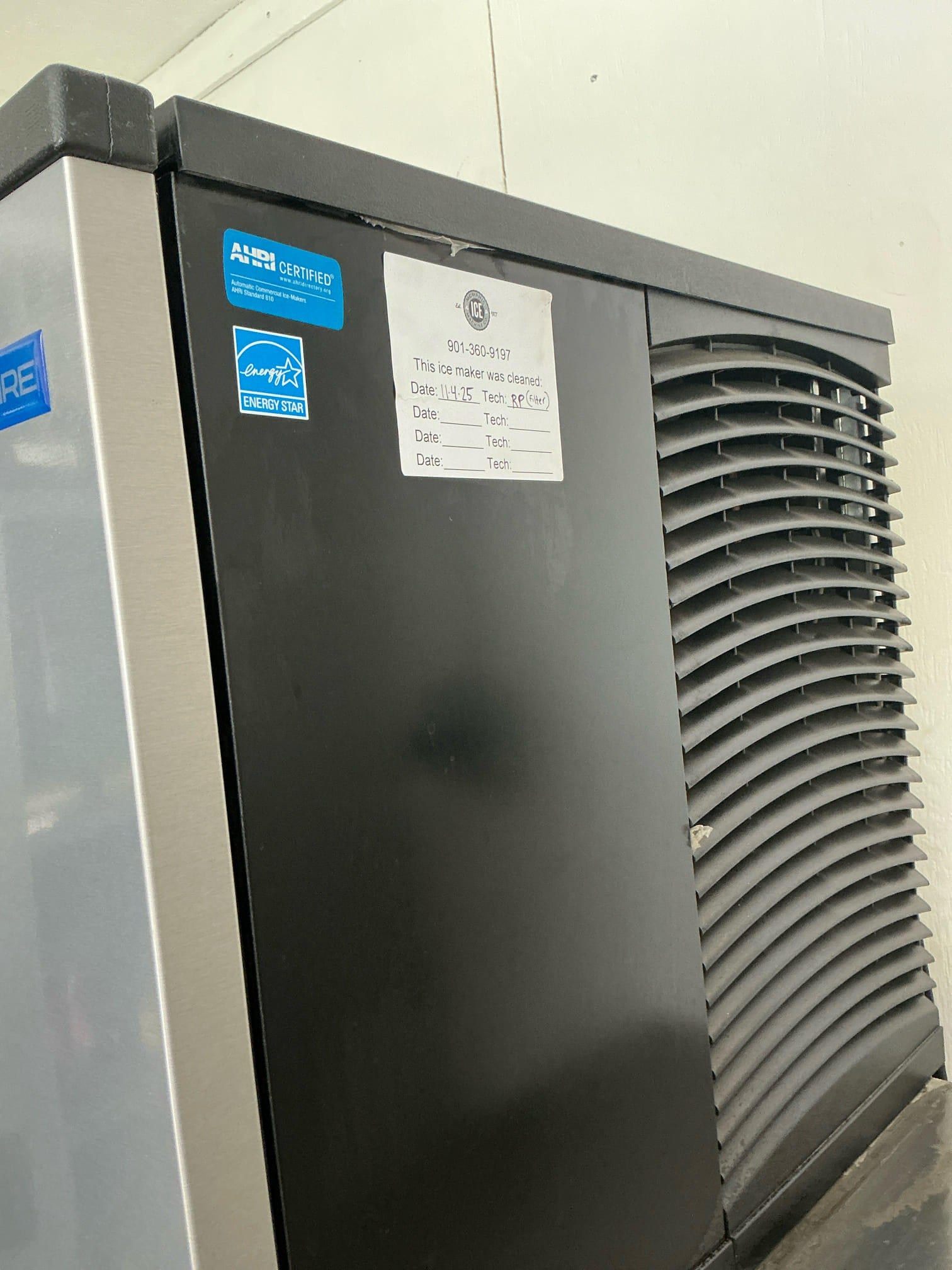
Benefits of Working with Certified Refrigeration Technicians for Reliable and Efficient Cooling Solutions
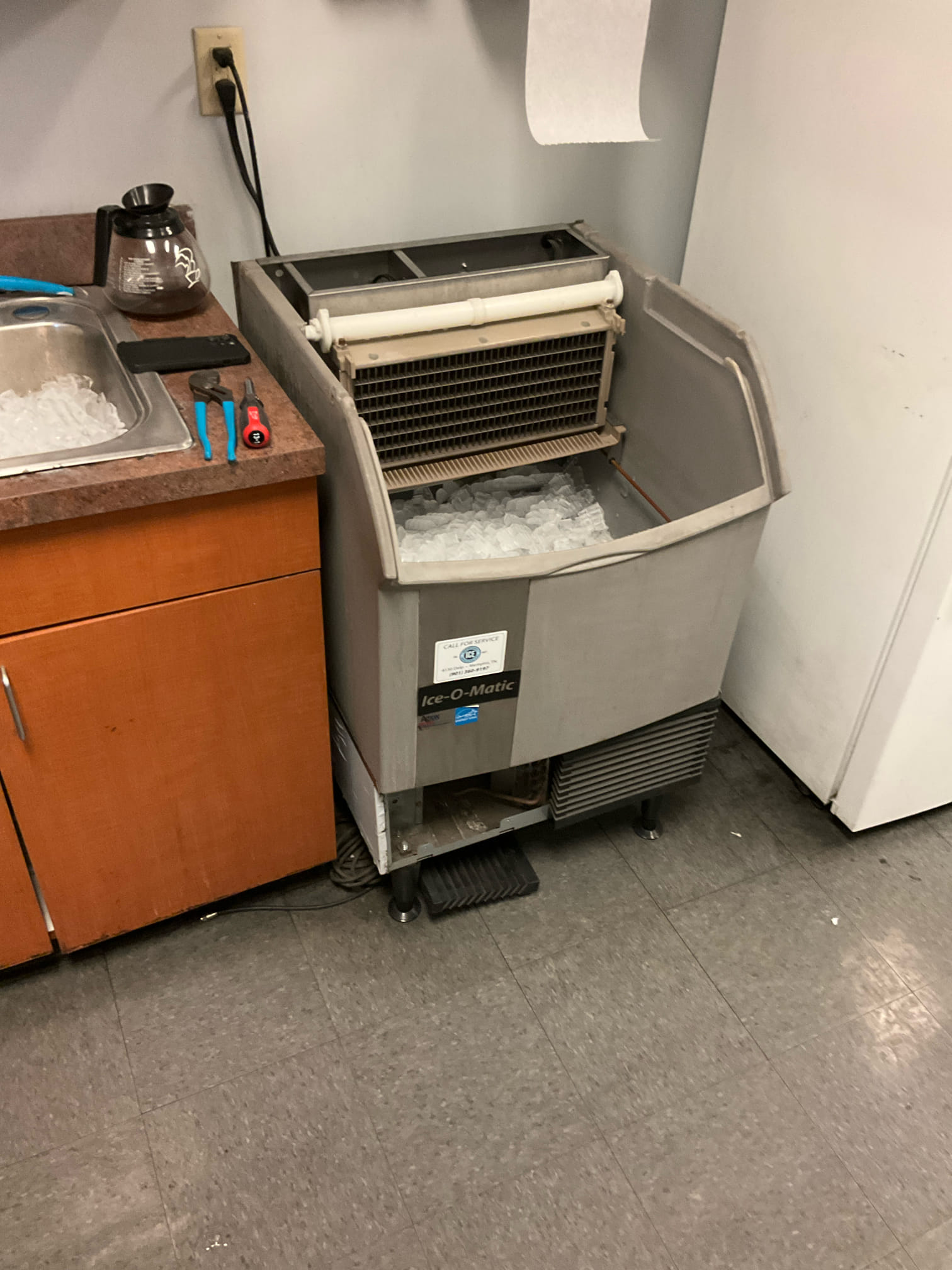
Walk-In Freezer Organization Tips for a Cleaner, More Efficient Space

What Impacts Ice Machine Performance In Humid Climates Friendly Tips To Keep It Running Smoothly
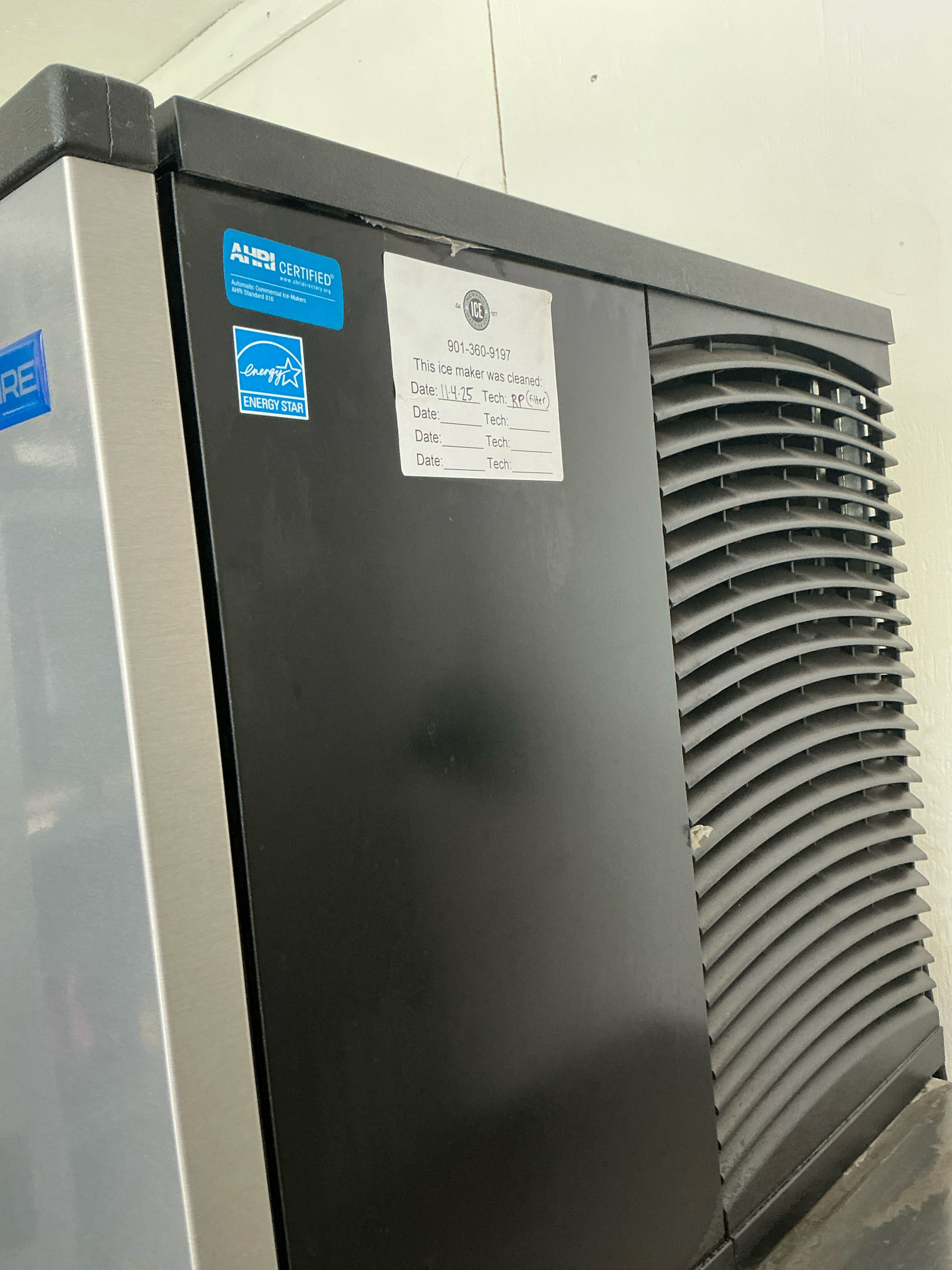
Benefits of Routine Walk-In Cooler Maintenance for Restaurants to Save Money and Improve Efficiency

Ringing in the New Year: The Best Drinks Start with the Best Ice


